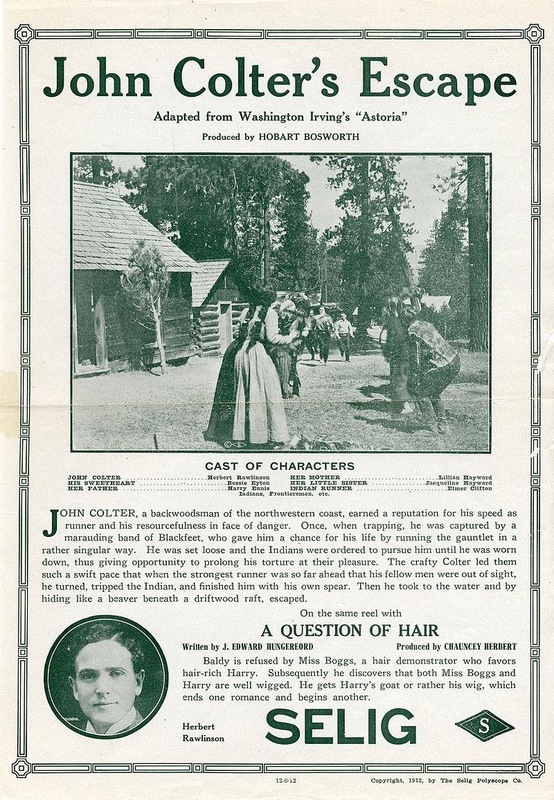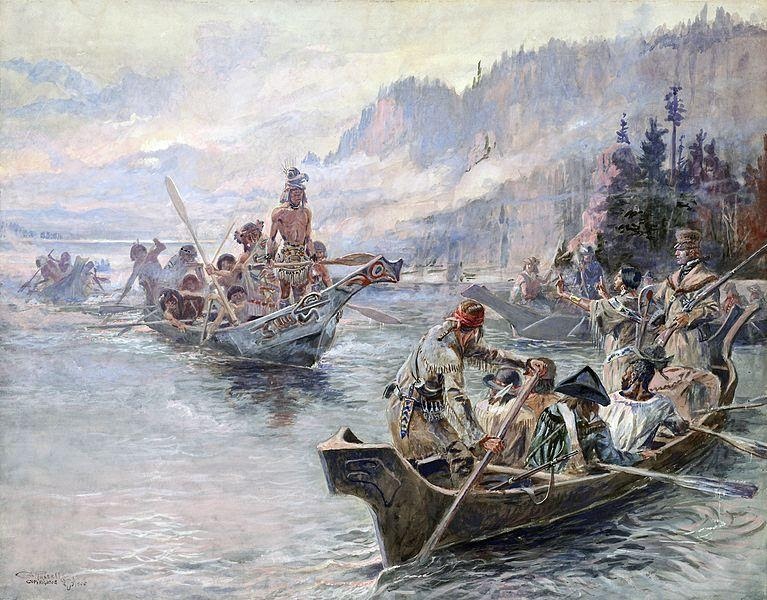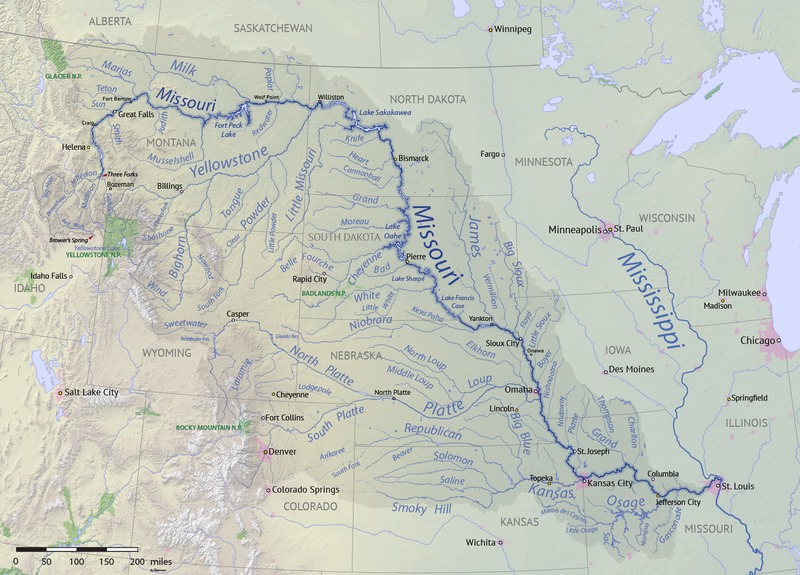John Colter’s Run

John Colter was a celebrated mountain man and explorer who lived during the nineteenth century. He was a member of the Lewis and Clark Expedition and went on to explore many parts of the American West, including the future Yellowstone National Park in 1807-1808.
While canoeing the Jefferson River near the Missouri River’s headwaters trapping beavers in 1809, John Colter and his companion, John Potts, were called ashore by a large party of Blackfoot Indians. Colter knew about the Atsinas and Blackfoot Confederacy as powerful native nations allied with the British and had fought them several times in 1807 and 1808. Colter obediently went to shore and beckoned Potts to join him. Potts, however, moved his canoe back into the water and shot and killed one of the Blackfoot. Blackfoot warriors shot Potts with numerous arrows, killing him.
Once ashore, the Blackfoot stripped Colter of his clothing. After the Blackfoot deliberated how to kill him, the chief decided to allow Colter to run for his life. The Blackfoot took Colter to a nearby plain where the race would take place. Allowing Colter a three to four hundred yard start, the chief instructed Colter to run, and then allowed five to six hundred members of the tribe to chase after Colter. Colter, who was familiar with this tradition, knew that he must outrun the Blackfoot if he had any chance of surviving. After running several miles across the plain, Colter looked over his should to find that only one of the Blackfoot was successful in catching up to him. With a newfound confidence and determination, Colter continued to run with all his might until he was in sight of the Missouri River when again, Colter turned his head to find his pursuer about twenty yards behind him. Colter stopped suddenly to confront the Indian and, using the man’s own spear, successfully killed him. Colter continued running and found refuge at a bank in the river, where Colter hid under driftwood or a beaver lodge.
Shortly after Colter found refuge, he heard the nearby shrills of the rest of the Blackfoot, who traveled up and down the river looking for him. Colter hid there until night, when he could no longer hear the Blackfoot. From his hiding spot, Colter swam down the river and traveled all night until he was a great distance from the Blackfoot. Out of the grasp of the Blackfoot, Colter still faced danger. He was exhausted from his run, frozen from the river, completely naked, and prickly pear thorns pierced his feet. Miraculously, Colter successfully traveled to Manuel Lisa’s Fort Raymond within seven days, surviving only on roots. As John Bradbury described Colter’s triumph, “These were circumstances under which almost any man but an American hunter would have despaired.”
Images


